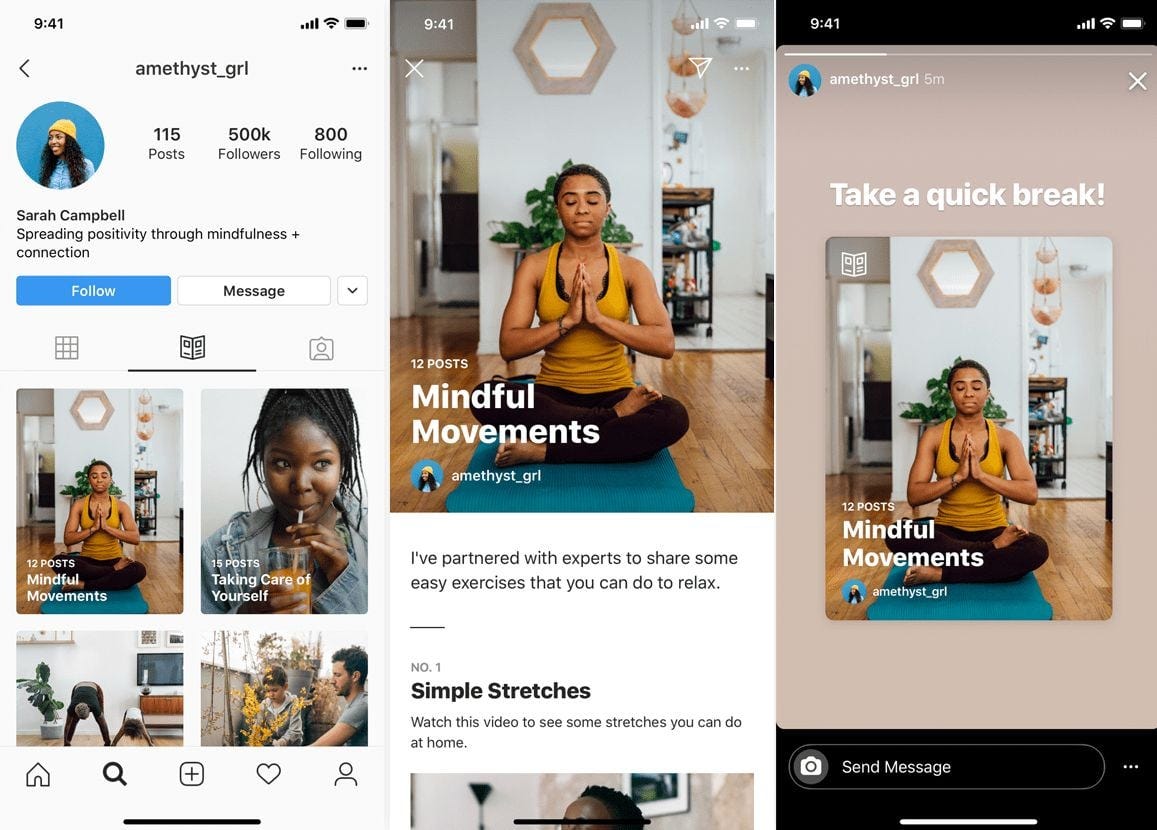What's digital liveness? A modelization.
Digital platforms create this strange feeling of being alive or absent through screens. Between UX and community strategy, here is a first model.
Tuesday evening in Paris. This week, we decipher the indices of "digital liveness," an abstract concept yet quite tangible in our digital lives.
"Digital liveness" - the quality or state of being alive - is a notion that may seem abstract at first, yet we interact with it every day through our screens and smartphones.
The most tangible marker: the three little dots that appear when we are composing a message, and our interlocutor sees them on their own screen. These little dots can appear or disappear depending on hesitations, deleted words. A conversation between two - or more - takes shape, taking on the aspects of music with rhythm, clever words, pauses. And sometimes even a disappearance or ghosting.
Platforms have their rules of "digital liveness."
Each platform has its own ergonomics, and behind our sometimes haphazard, bizarre, WTF conversations, profound reflections hide on the side of developers and user experience specialists. It's not surprising that Adam Mosseri, the "head of Instagram" (and a bit of Threads), regularly takes the floor to explain new features. Like a government spokesperson, Mr. Mosseri explains why Instagram decided to add this or that block, a new feature, what philosophy lies behind etc.
Then it's up to users to adopt or not a new usage, to hack it, or even to never pay attention to it (goodbye Guides on Insta!).
"Digital liveness" has its indicators, and we have a better understanding since Fanny George's work. I have drawn a first model of "digital liveness" on the platform side to better understand how they operate.
The triptych of "digital liveness": representation and power, presence, activities.
Every model has its limits. Nevertheless, three major categories of functionalities can enlighten us on how platforms conceive their "digital liveness."
Representation and Power
This category includes all the ways platforms present their users online or suggest them to other members. The most obvious element is when a user sees their account "verified," for example, the small blue checkmark on Instagram. A true Holy Grail before because beyond recognition for the work done on their Insta account, the user was suggested to a larger audience (thus could get followers more easily). It's not surprising that nepo babies have followers from the bottle because having a verified account is, of course, a demonstration of power. Prioritized access to certain features for certain members is also a way to represent members of a community differently. There is a more or less open hierarchy on platforms.
Presence
Another type of functionality: how users' presence is staged on platforms. Concretely, it can be the sound design indicating that someone is connecting, but also small reminders (like birthdays). Platforms that want us to spend more time with them try to rely on interesting content (or more aspirational users) to encourage us to return to them. Linkedin played a lot with "FOMO" by regularly sending us emails to tell us what (and who) we would have missed.
Activities
"Digital liveness" is also the type of activities (thus the type of footprints) that we leave publicly online. My favorite example is on Spotify when you can see who is listening to what right now ("friends activity").
By mixing these three categories of functionalities, you can quickly identify the platform's strategy. And it's often when a disruption occurs, when a differentiating feature emerges, that the platform generates a renewed interest.
On the user side, this mix of representation and power x presence x activities strongly influences how they can express themselves, develop their conversations, and even create cultural habits. Without Instagram Story, the word selfie would probably have taken some time before entering the dictionary.
The figure of the week: -61.83% organic reach
Organic reach, for non-specialists, is the number of people you can naturally reach with content posted on social media. Neil Patel's conclusion after analyzing more than 15,000 accounts? There has been a drop of 61.83% over the past 3 years. In other words, it is becoming increasingly difficult to emerge without media buying... or without a very good content or community strategy.
Amazing links
On Wednesday, January 24, I have the joy of being part of the Journal du Luxe Intelligence panel, a webinar around a simple (but not basic) question: what's luxury in 2024? Sign up to watch the live or the replay!
Microsoft explains to us how to make an artificial intelligence unlearn to make it more relevant. Puzzling.
The New York Times reveals how a form of rat on a sidewalk in Chicago became a phenomenon on social networks.
Luma AI has just launched its Genie 1.0, the ‘Midjourney’ of text-to-3D object. Worth a try.
Have a great week! And feel free to share this newsletter, like, comment, or continue to send me emails: these notifications bring joy.






